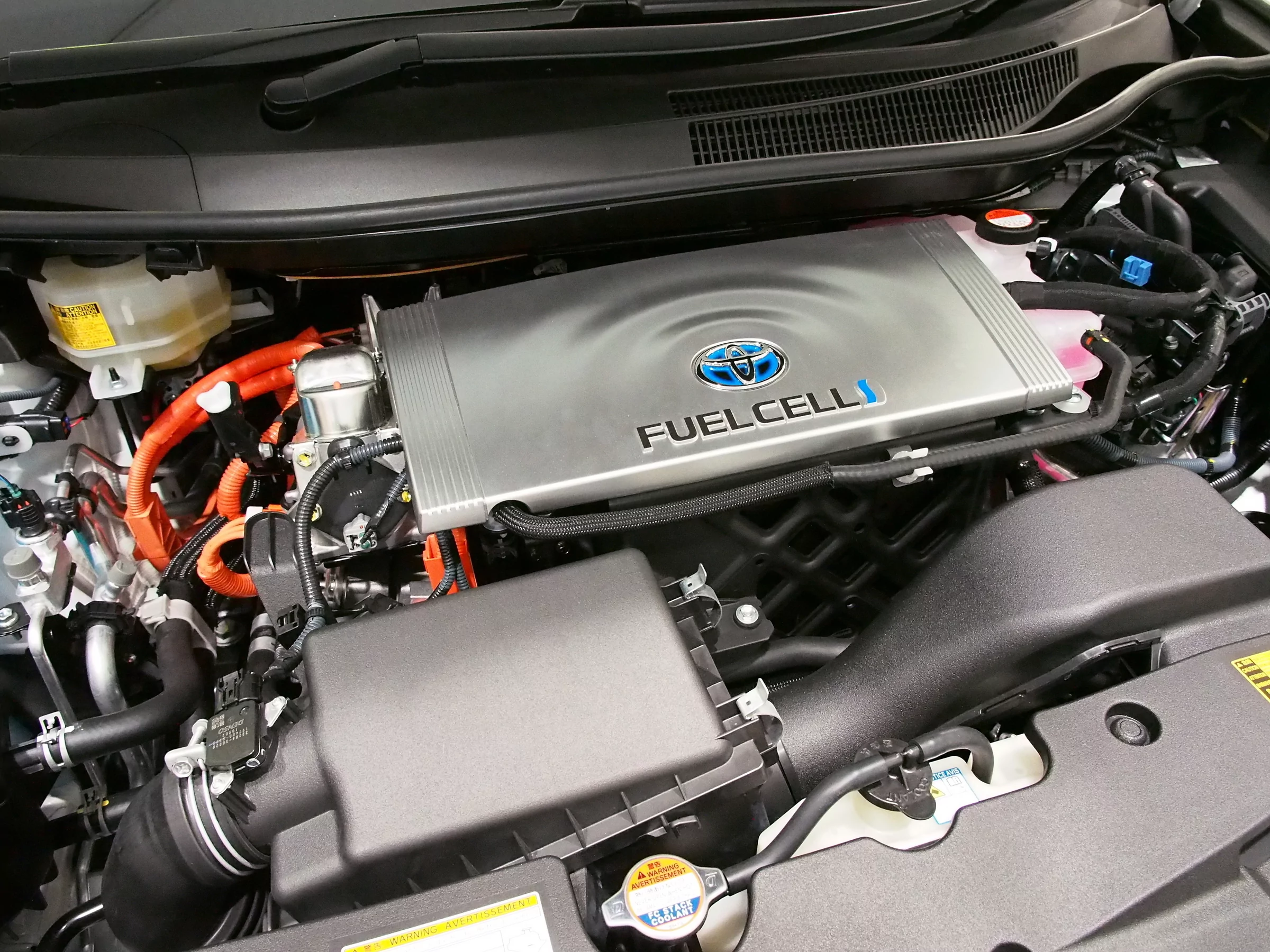Hydrogen (H2) production is pivotal in the global shift towards a net-zero carbon economy. Its elemental abundance and zero-emission combustion position it as an ideal renewable energy source. However, the journey to harness hydrogen’s full potential is fraught with challenges, particularly in storage and transportation. Researching viable hydrogen carriers is critical, as conventional methods grapple with issues of efficiency and safety. This has catalysed the exploration of alternative carriers, with the scientific community seeking solutions to unlock hydrogen’s promise as the future fuel.
TGA-MS, an advanced analytical technique, is crucial for unlocking hydrogen’s potential by evaluating the viability of hydrogen carriers like ammonia (NH3). With its high energy density and safer handling, ammonia is a front-runner in hydrogen storage solutions. TGA-MS’s role in this process is indispensable, providing essential data that could transform the future of hydrogen energy.
The Promise of Ammonia as a Hydrogen Carrier
Ammonia is gaining recognition as a leading hydrogen carrier, outperforming traditional methods with its high volumetric energy density. This efficiency means more energy can be stored in less space, a clear advantage over compressed or liquefied hydrogen. Additionally, ammonia’s lower flammability and ease of liquefaction at low pressures make it a safer and more practical choice.
TGA-MS plays a crucial role in analyzing these pathways, ensuring that ammonia’s potential as a hydrogen carrier is fully realized in the energy sector. While direct use in fuel cells presents some technical challenges, indirect use via ammonia cracking is becoming popular, aligning well with current hydrogen systems.
Direct Ammonia Utilization
Despite its potential, direct ammonia fuel cells grapple with significant challenges. It involves direct NH3 combustion, requiring elevated operational temperatures (>800 ℃ for SOFC). It also has a propensity for carbonate formation, which curtails their efficiency. The direct route also requires high-efficiency fuel cell technologies like NH3-fed solid oxide fuel cells (SOFC), alkaline NH3 fuel cells (AFC), and membrane-based NH3 fuel cells.
Indirect Ammonia Utilization
The resulting nitrogen and hydrogen gas mixture can be used directly as a fuel power for existing systems. It is thus considered a more pragmatic route which seamlessly integrates with current technologies. This process is often described as ammonia cracking.
TGA-MS: A Tool for Exploring Novel Hydrogen Carriers
The potential of ammonia (NH3) as a carbon-free hydrogen (H2) carrier is significant, particularly for its ability to enable H2 storage and transport in a liquid phase under relatively mild conditions. Despite numerous theoretical proposals, real-world applications of NH3 as a primary energy source for hydrogen-powered automotive systems have seldom been reported. This gap underscores the importance of TGA-MS in the development and analysis of novel hydrogen carriers.
In a groundbreaking study, an NH3-powered fuel cell electric golf cart was engineered, serving as a tangible demonstration of NH3’s viability for fuel cell vehicles. This system’s success hinged on the seamless integration of an NH3 cracker with effective catalysts, a gas purifier, the fuel cell itself, and an energy management system. The role of TGA-MS in this context was to meticulously analyze the catalytic performance of nickel (Ni) and iron (Fe)-based catalysts. The optimal catalyst achieved an extraordinary >99.9% NH3 conversion rate at 600 ℃, a benchmark facilitated by the precise data TGA-MS provided.
Moreover, TGA-MS was instrumental in confirming the efficacy of the gas purifier, which is critical for removing residual NH3 to ensure the purity of hydrogen for the proton exchange membrane fuel cell (PEMFC). The fuel cell’s performance, when powered by the cracked and purified gas, was on par with that using a pre-mixed fuel gas mixture, validating the entire system’s functionality.
The integrated system not only powered 300 and 600 W fuel cells but also maintained continuous charging of the energy storage system. This robust setup propelled a 3kW golf cart over 500 km at 25 km/h, a significant milestone for NH3-based H2 fuel applications. Such an innovative demonstration would not have been possible without the analytical capabilities of TGA-MS, which provided detailed insights into the catalytic reactions and system efficiencies.
This work is a testament to the practical applications of NH3 as a hydrogen carrier and positions TGA-MS as an indispensable tool in the ongoing quest to harness the full potential of hydrogen-powered systems.
Interested in TGA-MS for Hydrogen Research?
The innovative NH3-powered fuel cell prototype, with its impressive 17.5 kWh energy level, is a beacon of progress in clean automotive technology. This prototype, which has been meticulously tested using Hiden’s HPR-20 EGA, showcases a remarkable >99.9% NH3 conversion rate at 600 ℃, setting a new standard in catalytic performance. The HPR-20 EGA’s precise monitoring capabilities were pivotal in verifying the gas purifier’s ability to eliminate residual NH3, ensuring the PEMFC operates with the highest purity hydrogen.
When powered by the optimally cracked and purified gas mixture, the fuel cell demonstrated a performance and power output that rivalled a pre-mixed fuel gas mixture, affirming the system’s overall feasibility. With a total system-specific energy of 379.4 Wh/kg and the capacity to carry 15 kg of NH3, this integrated power system meets and is expected to surpass the US Department of Energy’s 2020 targets for onboard automotive hydrogen storage systems.
During operation, the only by-products released are nitrogen and water, underscoring the system’s clean and carbon-free nature. This is not just a step but a leap towards sustainable energy solutions, and it’s made possible by the HPR-20 EGA’s exceptional analytical precision.
Hiden Analytical has made significant contributions to this groundbreaking development. Their HPR-20 EGA system serves as a gateway to the future of clean, hydrogen-powered energy solutions.
Reeco Tech is proud to be the exclusive distributor of Hiden Analytical in the Vietnamese market, and we are honored to provide the HPR-20 EGA system to support research into the discovery of “New Hydrogen Carriers” for fuel cells.

